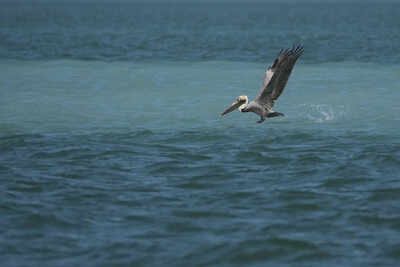NASA's James Webb Telescope Captures Images of Asteroid 2024 YR4 Following Initial Impact Fears

Several months ago, asteroid 2024 YR4 captured the attention of scientists and the general public alike due to its alarming potential to collide with Earth. At one point, the asteroid's chances of making contact with our planet reached a concerning 3.1%, leading to a flurry of media coverage and widespread discussions about its potential consequences. Thankfully, as the threat has diminished, astronomers have turned their focus to studying this celestial body more closely, and we now have remarkable images of the once-feared asteroid.
These captivating images were captured by NASA's James Webb Space Telescope (JWST) using two of its advanced instruments: the Near-Infrared Camera (NIRCam) and the Mid-Infrared Instrument (MIRI). The NIRCam is designed to measure reflected light, while the MIRI provides insight into the thermal energy emitted by celestial objects. The European Space Agency (ESA) released these impressive images last week, showcasing the asteroid and revealing some intriguing characteristics. Notably, asteroid 2024 YR4 is the smallest object targeted by JWST's instruments to date, and it ranks among the tiniest objects ever measured directly in astronomical studies.
Initial estimates suggested that the asteroid's size ranged from 40 to 90 meters, but the latest measurements have provided a more accurate figure of approximately 60 meters, equivalent to around 180 feet. The ESA noted that these findings indicate significant differences between this asteroid and larger counterparts, stating, These measurements suggest that this asteroid does not share properties typically observed in larger asteroids. This divergence may stem from a combination of the asteroid's rapid spin and the absence of fine-grained sand on its surface. The agency has indicated that further research will be required to fully understand its composition, though the current data points to a surface predominantly featuring rocks about the size of a fist or larger.
According to NASA, the window for observing asteroid 2024 YR4 from Earth is closing rapidly. As the asteroid continues its orbit, it is moving away from our planet, and experts estimate that by late April or early May, it will no longer be visible, even through the most powerful telescopes. The good news is that asteroid 2024 YR4 is expected to return to the vicinity of Earth in 2028, providing another opportunity for astronomers to study it in greater detail.
Initially detected in December 2024, asteroid 2024 YR4 generated significant concern among astronomers. At that time, data from the Minor Planet Center suggested a 1.3% chance of the asteroid impacting Earth. As observations continued, the probability fluctuated, peaking at 3.1%. However, as more data was gathered, the likelihood of an Earth impact plummeted to a mere 0.28%. NASA's Sentry tool, which actively monitors potentially hazardous asteroids, currently lists the threat level at an almost negligible 0.00078%.
Interestingly, while Earth appears safe from 2024 YR4, the moon might not be as fortunate. NASA has calculated that the chances of the asteroid colliding with the moon stand at approximately 3.8%, which is a significantly higher probability than the asteroid ever posed for Earth. As scientists gather more data in these final observing days before the asteroid's disappearance from our view, they will continue to monitor its trajectory and prepare for the next opportunity to observe it in 2028.





























